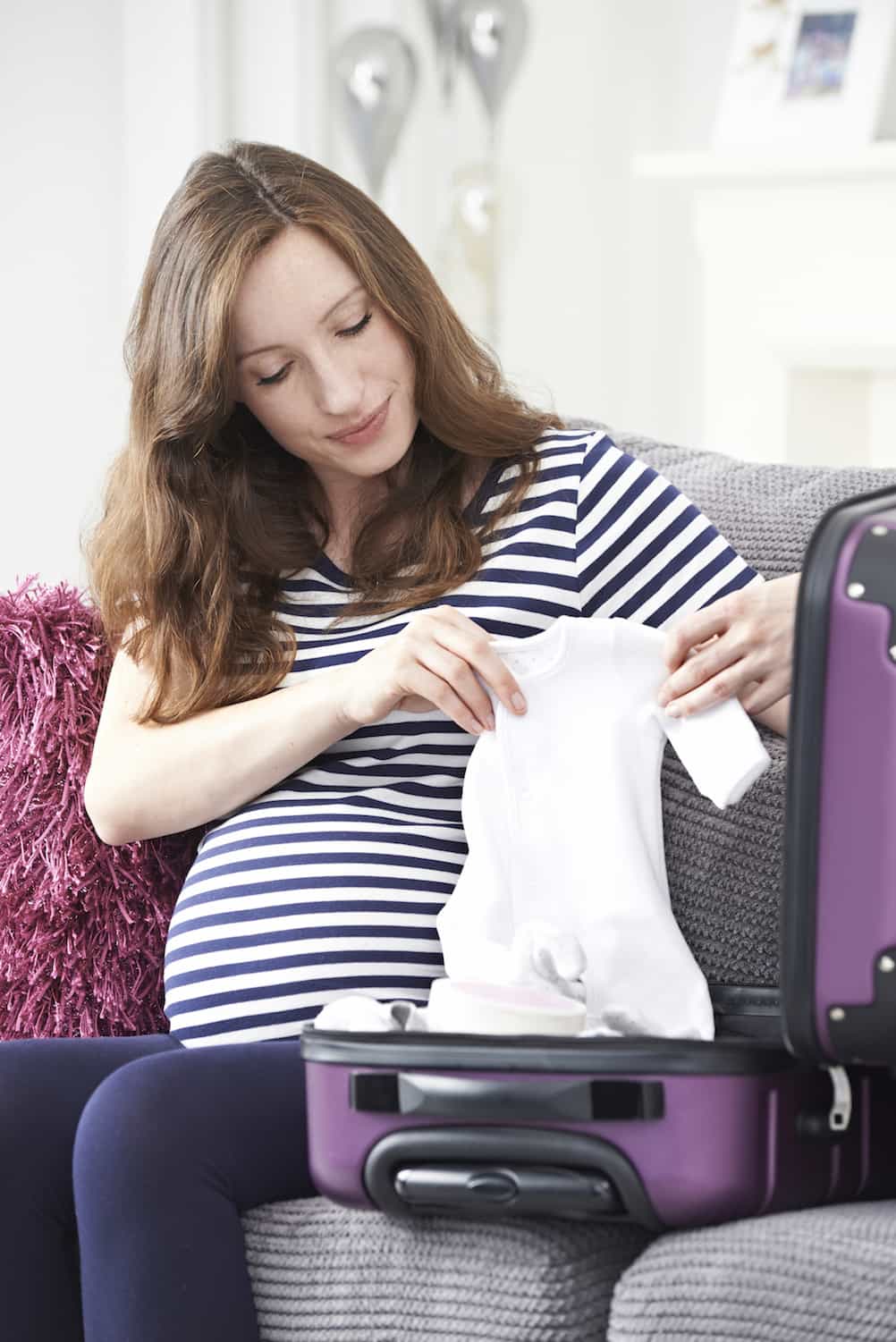Australia has a high rate of caesarean births, with approximately 1 in 3 babies currently being delivered by this method. This rate is also steadily increasing, so it’s important for expecting mothers to be aware of the reasons a caesarean may be recommended for their child’s birth.
A caesarean birth occurs through an incision in the abdominal wall and uterus, rather than through the vagina. There are multiple reasons why this method of delivery might be required. Some are planned due to medical complications during pregnancy, and some are needed in emergency situations after labour begins.
Let’s explore some of the most common reasons Australian women have caesareans today.
Complications during pregnancy
Some conditions can be observed during your regular pregnancy check-ups. If one of the following complications are evident during your pregnancy, your obstetrician will assess your options and recommend a birth plan.
Previous caeserean – Women who have given birth by caesarean in the past may be at greater risk of complications during pregnancy such as uterine rupture.
Placenta previa – This condition occurs when the placenta lies low in the uterus, partially or completely covering the cervix. This can cause dangerous bleeding during a vaginal birth.
Infections – HIV or active genital herpes can be passed to the baby during vaginal birth, making a caesarean the favourable delivery option.
Multiple babies – Twins can be delivered vaginally, however, this depends on their positions, estimated weights, and gestational age. Triplets or more are less likely to be delivered vaginally.
Complications during childbirth
Occasionally, a situation will occur during the birth process that makes vaginal delivery unsafe for the mother or the baby (or both). If the following situations occur, your baby may need to be born via emergency caesarean.
Failure to progress labour – If labour is long and slow, it could mean that the cervix hasn’t dilated fully, or that the baby is not in an optimal delivery position.
Distress – If your baby is becoming distressed during labour, it may be not getting enough oxygen.
Cephalopelvic disproportion – This condition is diagnosed if a baby’s head is too large to pass through the mother’s pelvis, or if the mother’s pelvis is too small to deliver the baby.
Uterine rupture – If the uterus tears during childbirth, it can lead to haemorrhaging in the mother and loss of oxygen supply for the baby.
Breech presentation – When a baby’s bottom or feet are facing down, a caesarean may be the safest method of delivery. Some babies can be turned in utero to move into a head-down position.
Cord prolapse – This situation occurs when the umbilical cord slips into the vagina before the baby. Pregnancy contractions then squeeze the cord, diminishing blood supply to the baby.
Preeclampsia – This condition involves high blood pressure during pregnancy. If preeclampsia prevents the placenta from getting adequate blood supply during labour, the baby’s oxygen decreases. This can make a long vaginal birth risky.
If no medical complications are present, vaginal delivery is still the safest way to deliver a baby. However, if a caesarean is recommended for health reasons, it doesn’t mean that you need to give up your idea of a natural birth.
Discuss your delivery options – including a Gentle Caesarean – with Dr Ljiljana Miljkovic-Petkovic at her Newcastle medical suite. Click here to make an appointment enquiry online, or alternatively call 02 4957 2743.
